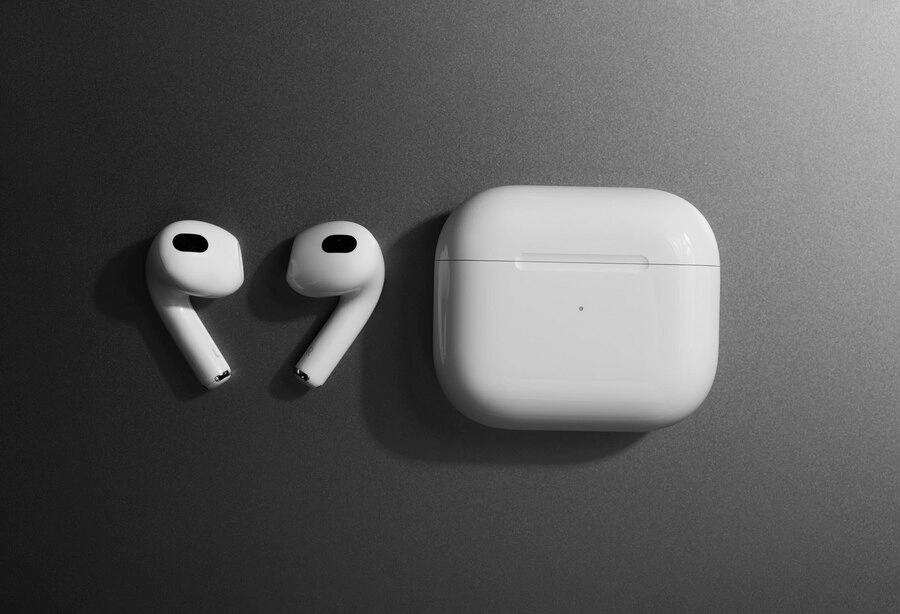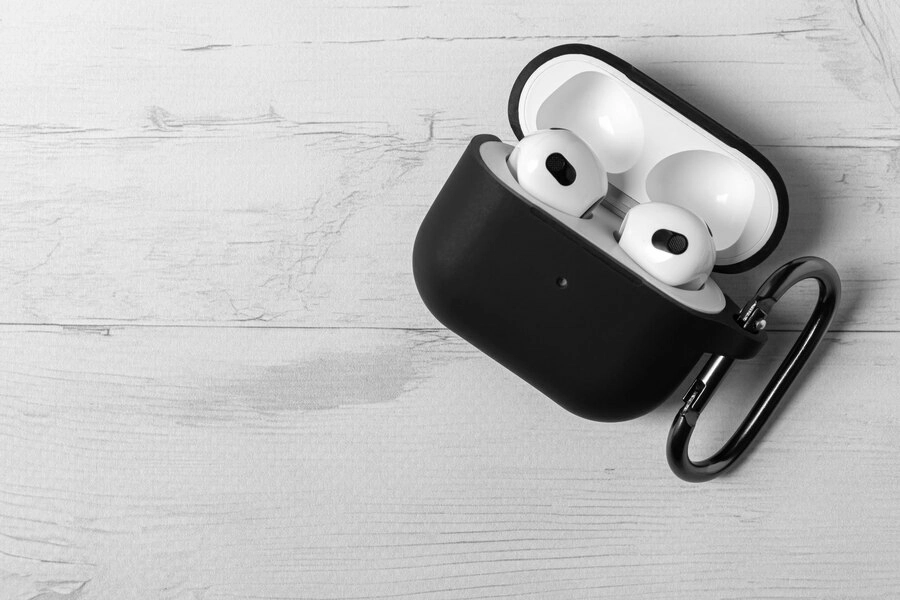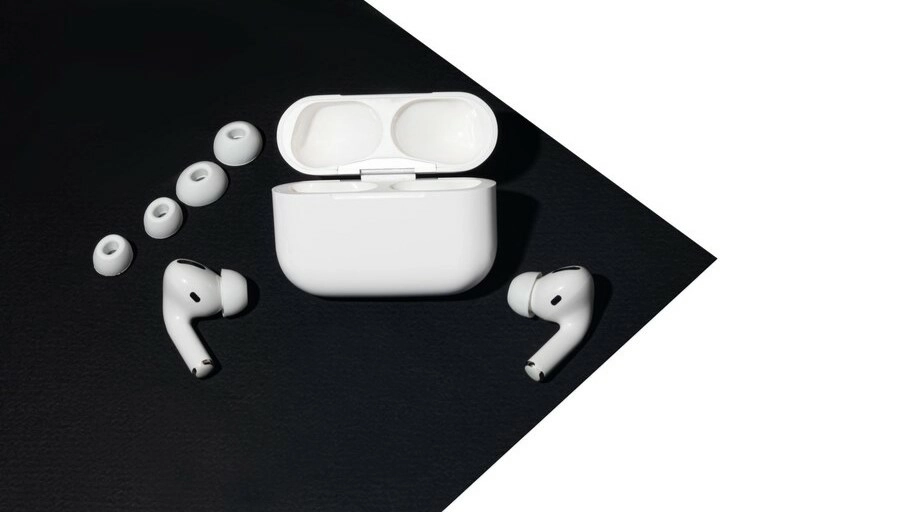Introduction
The powerful H1 chip significantly enhances the listening experience of Apple’s AirPods Pro 2. This chip improves connectivity, sound quality, or battery life, among other factors, thus setting the AirPods Pro 2 as the standard of all other wireless earbuds. In this guide, we look into how the H1 chip makes them better.
What is the H1 chip in AirPods Pro 2?
Apple developed the H1 chip as the audio and connectivity processor for its devices. It powers the AirPods Pro 2’s advanced audio processing, enabling users a smooth, responsive experience.
The H1 chip in the AirPods Pro 2 has key features.
The H1 chip introduces a number of advanced features.
- Efficient Bluetooth 5.0 connectivity
- Enhanced audio processing
- Power management for longer battery life
- Adaptive noise cancellation and EQ functions
Enhanced Connectivity in AirPods Pro 2
All thanks to the improved utilization of Bluetooth 5.0 in the H1 chip, the connections are interference-free. The chip is fitted with a sophisticated antenna system so that there are no chances of signal losses even with backgrounds of distractions encouraging the use of AirPods Pro 2 for calling and music playback without breaks.
The AirPods Pro 2 feature noise cancellation and transparency modes.

In addition, thanks to the H1 chip, additional modes work as well, such as active noise control (ANC), which switches off the surrounding noise completely, and the mode called transparency, which changes the sound level depending on the environmental conditions. ANC functions by actively suppressing any and all environmental sounds and noise; on the contrary, the transparency mode allows for some ambient sounds to pass through so that the wearer is conscious of what is going on around them. Such a system operates at blazingly high speeds measured in seconds.
The AirPods Pro 2 boasts spatial audio capabilities.
The H1 chip widens the horizon for the AirPods Pro 2 by allowing spatial audio that is cinematic. It surrounds the listeners with noise, as if sound is coming from all angles. Like all the other types of spatial audio, one is able to turn their head, and thus the sound changes, making it ideal for movies, music, and even video games.
Better Battery Performance in AirPods Pro 2
The regular use of the H1 chip has been designed to extend the battery life, allowing 4.5 hours of use with noise canceling and 24 hours more with the charging case. Because it offers comfort for daily use, this makes the adoption of AirPods Pro 2 easier as it is designed for all-day usage.
Improved Siri integration in AirPods Pro 2
With the H1 chip, activating Siri is effortless with a simple voice command. Siri becomes a hands-free assistant for controlling music, making calls, and adjusting volume.
The audio lag for gaming and media has been reduced.
The H1 chip’s rapid processing speeds reduce audio lag, making AirPods Pro 2 a fantastic option for gaming and watching videos. The low latency enhances synchronization, ensuring the audio aligns with on-screen action.
Enhanced Call Quality in AirPods Pro 2

The H1 chip improves call clarity by optimizing microphone input and reducing background noise. This feature is handy for noisy environments, enabling clear communication.
Adaptive EQ with H1 Chip in AirPods Pro 2
Adaptive EQ powered by the H1 chip automatically adjusts audio frequencies based on fit, ear shape, and user preference, creating a personalized listening experience. It enhances bass, mids, and treble, ensuring balanced sound quality.
H1 Chip Security Enhancements
The H1 chip includes built-in security features that ensure seamless pairing within Apple’s ecosystem, with each device authenticated and encrypted to protect user privacy and data.
Comparison with the H2 Chip in AirPods Pro 2nd Generation
The H1 chip is an advanced processor, but Apple’s H2 chip improves processing speed, sound quality, and battery management. This comparison highlights the strengths and advantages each chip brings to AirPods models.
Impact on Apple’s ecosystem

With the help of the H1 chip, the AirPods Pro 2 easily fit into the Apple ecosystem, allowing these earbuds to appropriately connect to an iPhone, iPad, or Mac with effortless jubilation. Switching from one gadget to another is instantaneous, and this promotes efficiency and ease of use across the different devices.
Conclusion
The H1 chip forms a significant part of the AirPods Pro 2. The advancements in connectivity, sound quality, and battery duration, among other intelligent functionalities, provide enhanced performance. Every aspect of the use experience reflects this influence, solidifying the AirPods Pro 2 as an exceptional audio device.
FAQs
How does the H1 chip improve battery life in AirPods Pro 2?
The H1 chip improves power management, which reduces battery consumption during active noise control and, on average, increases listening time.
What is spatial audio, and how does it work on AirPods Pro 2?
Spatial audio occurs when sound fills the listener’s field of view and moves with their head in an auditory way, creating a surround sound experience.
How does the H1 chip affect call quality?
The H1 chip enhances call quality since it processes the input from microphones and eliminates the ambient sound.






